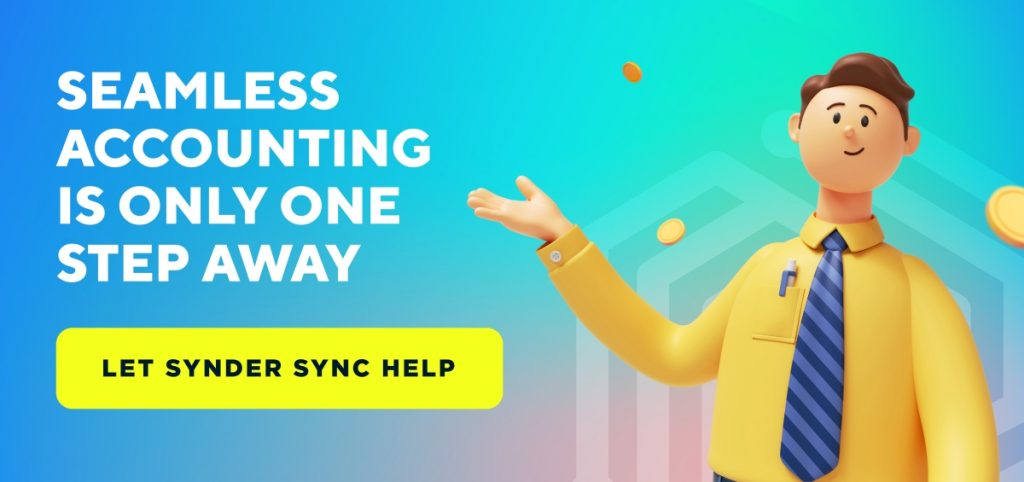For decades, bookkeepers and accountants have taken on the monotonous task of manual data entry. They’ve done so without complaining (or at least without complaining out loud). Before the existence of Quickbooks sales receipts, we pulled daily sales reports by hand; entered and reviewed sales, refunds, and fees ourselves; and recorded journal entries manually. As technology has advanced, so have accountants. Over time, we’ve made adjustments to our data entry techniques and how we utilize reports; however, the transition hasn’t been painless.
In this article I’ll review all things automation and how its rise is forever going to change the accounting industry.
With most accounting systems, it often feels like you have to go through a series of hoops just to get data to post accurately to the platform and produce numbers that match and make sense.
While many industries have begun to utilize new technology, accountants have struggled to keep up with the changes through no real fault of their own. CPAs and other industry leaders tend to stick with one platform or accounting system, and rarely change systems. This is due to how expensive, difficult, and time-consuming it is to implement new software.
Additionally, most major accounting platforms themselves haven’t changed over the last decade. For these reasons, many bookkeepers and accounting firms haven’t had the opportunity to evolve either. The goal for any software, or implementation of technology in general, for a business of any size is to increase productivity and overall efficiency. By utilizing technology smartly, bookkeepers can spend their time reviewing and analyzing information instead of typing it all into an automated program.
In recent years, technology in the accounting space has evolved at a tremendous pace. Bill.com, for example, was one of the leaders in the FinTech world who revolutionized what technology could do for businesses using their API and OCR, or Optical Character Recognition, technology. The OCR functionality allows for speedy accounts payable and accounts receivable functions, and the APIs allow financial data to sync with the major accounting software programs that small businesses use. Using OCR technology, the platform can “read” documents and automatically pull the required information needed to fill out the form. For example, if a bill needs to be paid, Bill.com will use OCR to scan an invoice and find the vendor name, invoice number, date, and amount. With this information, the platform can then use the accounting software and pre-filled settings to populate the rest of the data needed to pay the recurring invoice.
Bill.com made it possible for companies to do their AP and AR completely paperless. Other companies have been working toward this goal for years to maximize their efficiency and reduce their spend in this area as well. Quickbooks has worked on its technology and improved several sectors within its application. You can now add applications and shop for new connections in QBO much like you would add apps on your cell phone.
With these advances, it’s now easier than ever to get access to tools that can help businesses run their payroll, connect to their POS, send invoices, and get paid. Accountants, like myself, appreciate using carefully-crafted technology that makes working with different applications, programs, and points of sale more efficient and seamless. With these innovations in technology, not only are bookkeepers happier, but companies can be more productive. With the current labor shortage of qualified accountants, this is more important than ever. It’s now easier to hire and hang onto accounting professionals when the books are clean, running in a productive manner, and staff don’t have to do laborious data entry day in and day out.
So what does this have to do with Automation? What does this have to do with my business? Being a bookkeeping automation lover, it’s my mission to provide value to all businesses and people that work with the ability to be more efficient and I do this in several ways. Providing resources and information to everyone, regardless of skill, what industry they work in, the kind of work they do, evens the playing field, and allows everyone to be more successful in their own work. This allows everyone to succeed, including the businesses we all work for and engage with.
On the accounting side of things, when automation is involved, every sale or revenue-related entry matches a journal entry made by that accounting automation. At month-end, there are no entries made for sales, fees, etc. We verify the information from the month and move on!
Needless to say, we’re at a point with technology where APIs and OCR can do the heavy lifting for bookkeeper’s and business owners. However, not everything can be handled by machines. There are still complex accounting scenarios, cost of goods to calculate, reporting, budgeting, forecasting, as well as other items that may come up throughout the month. That’s why it’s essential to have your team equipped with the tools they need to get their job done as efficiently as possible. One thing we’ve learned is that accounting technology isn’t a “one size fits all.”
Meaning what works for one client may not work for another, so it’s important that we learn and understand all the software available today to introduce our clients to the right tools at the right time. Some clients come to us with too many systems in place. In that case, we do a deep dive into their systems and operating procedures and help them figure out what’s working and what’s not. We review what affects their revenue, MRR, cost of goods, for example, and analyze what may not be working. On the flip side, there are clients who come to us with no real systems in place.
Now that we’ve discussed some of the more recent innovations in technology, and how those innovations have paved the way for our API automations, which are designed to make our clients’ automationing more productive and efficient, it’s time to state the obvious – automation is here to stay.
If your business is in need of a full software implementation, clean-up work, consultation, check out automation companies like Synder, for all systems including Windows, Linux, Mac accounting software and other. If you have automation and accounting-related inquiries, please don’t hesitate to share your thoughts in the comments section below or reach out directly to me or the Synder team. Try Synder’s free trial to learn how automation really works yourself, or book a demo to get a guided tour of the tool.







